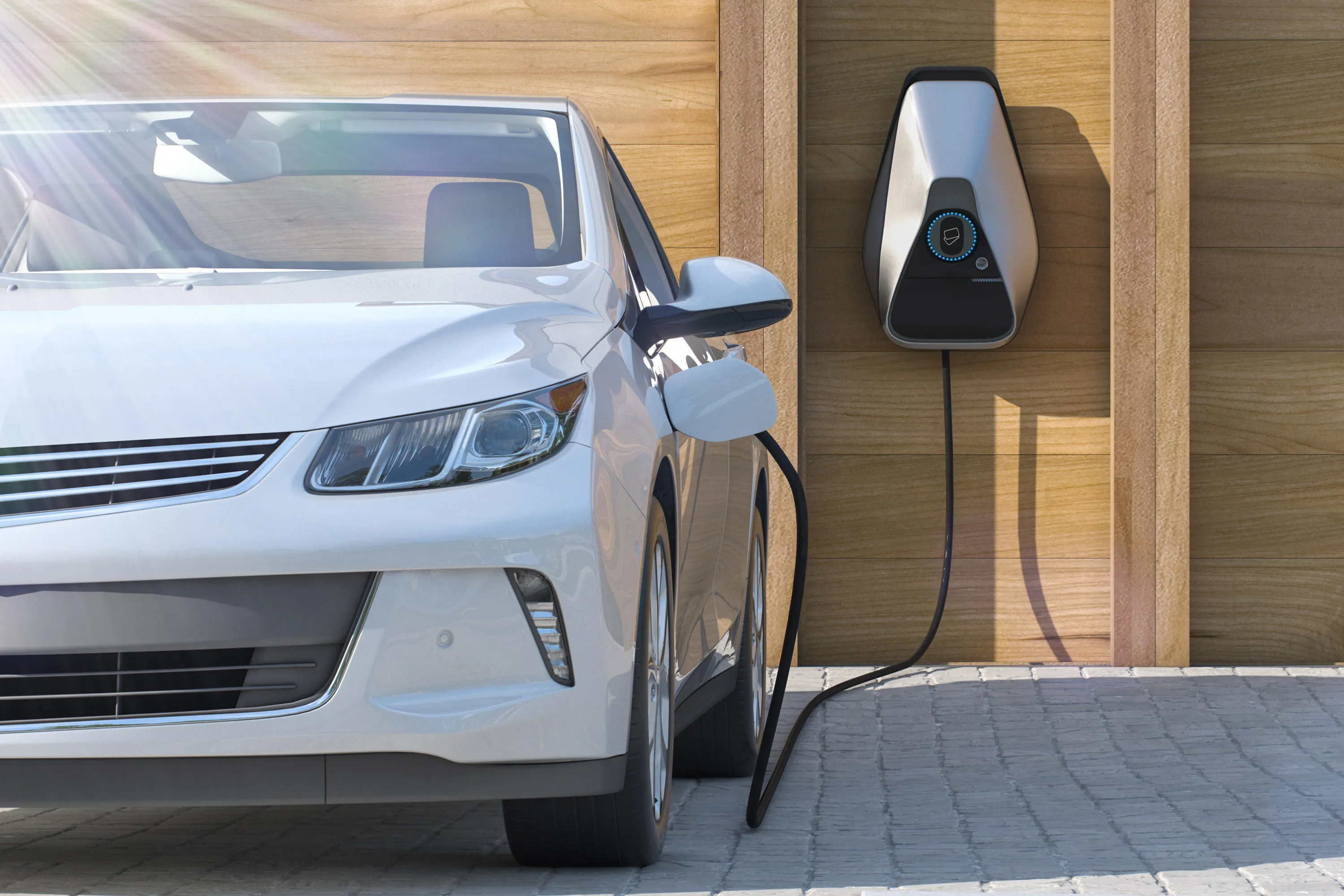Using location data to build a smart transport network
Why location data provides vital insight for the transport industry
Accurate location data has become a crucial asset for the transport industry and supports many areas from planning road networks and routing, identifying roads that require funding, and supporting emerging areas from connected autonomous vehicles (CAV) to the roll out of electric vehicle (EV) infrastructures.
The importance of data sharing
The rate at which data is consumed is increasing, as is the need for trusted and good quality data. Accurate location data is central to our products and services and through the Public Sector Geospatial Agreement (PSGA), OS provides access to its data and the know-how to local governments, road maintenance companies, and even 999 services who all need location data to better connect, gain insight, and drive efficiencies.
Covid-19 very much put a spotlight on trusted and accurate location data. While that trend is expected to continue, it needs to be matched with better sharing of data, and continue to foster the necessary expertise and tooling to enable linking of data sources, to encourage innovation and move away from solo entities storing and holding onto valuable data.
For example, OS also part of a leading transport technology experts calling for wider recognition of the need for Digital Local Roads, a new concept which encourages the use of information technology, data, and connectivity to the way all roads are designed, built, managed, and used. The case for Digital Local Roads is growing because of unprecedented challenges in the transport industry caused by climate change, budgetary pressures, and the pace of technological development.
These benefits are aided by trusted location data such as UPRNs and USRNs, unique IDs which can underpin referencing systems and provide an authoritative picture of our highways and roads.
Improved data management and a trusted data ecosystem of organisations that collects, analyses and stores data, linked via these IDs, will therefore enable better decision making and provide a better road experience for all.
Data-driven sustainability
The government has stated that sales of new petrol and diesel cars will end in the UK by 2030. To support that ambitious target there will be a significant change in EV infrastructure and investment. Good quality location data is essential with the challenge around where to put the infrastructure and how motorists can find charging points, as highlighted in a new report published by the Geospatial Commission.
To support the government’s net zero strategy, and its investment in the EV charging infrastructure, OS data can help identify charging locations and where investment is focused. Which is key if governments, local authorities, and businesses are to meet their ambitious targets and address public hesitation about the convenience and affordability of transitioning to electric vehicles.
If EVs can become more affordable, and therefore encourage a higher adoption rate, it will help in shifting towards clean and low emission road transport. For this reason, OS has joined the UK’s Intelligent Transport Systems Industry Association (ITS) which aims to promote economic efficiency, transport safety, and environmental benefits. Not only does OS’ geospatial data underpin today’s transport requirements, it is also being used to develop sustainable alternatives including EV and Connected and Autonomous Vehicles (CAV) solutions.

Collaboration from OS Partners
An OS Partner, Field Dynamics, has already begun developing solutions to help overcome some of the key planning barriers standing in the way of mass EV adoption.
Combining geospatial data from different sources will help to establish the optimal national infrastructure with datasets that provide deeper contextual information around potential charging sites, from environmental impact to accessibility, potential energy demand and projected frequency of use.
Increased energy infrastructure will also be essential for supporting EV infrastructure and powering the transition to a greener future.
Uniting against climate change
With the current climate crisis, every effort needs to be made to look at a net zero future, and policymakers need to ensure there is a clear focus on cleaner vehicles. There is much debate around whether companies upgrading to EV fleets will negatively impact the level of investment in AV fleets. That would be a missed opportunity as AVs and self-driving automotive technologies are as vital to solving future challenges as EV, so it’s important to ensure it remains a priority with government.
OS data is already supporting government projects designed to shape a national infrastructure capable of supporting the nation-wide deployment of Connected and Autonomous Vehicles. Projects such as the ECAVE and MODDEST, both funded by the Government's Centre for Connected Autonomous Vehicles (CCAV) have demonstrated the rollout of location data is vital to ensuring the safe operation of CAVs.
From following the appropriate speed restrictions, distinguishing between the different types of roads, to adopting a safe speed during certain weather conditions i.e. rain, fog, or snow, all of which relies upon location data and the street and road characteristics that are likely to be needed for future regulations.
There remains much to be done, in terms of supporting local authorities and planners, evaluating how urban and rural spaces will shape and be shaped by the infrastructure required for EVs and AVs. There is also work to be done in terms of data provision and standards, for example with governing how to broadcast this data to the relevant nearby vehicles.
To achieve the CAV ambition, geospatial data is key.
Not just for the creation of a realistic simulation environment to test in, but to support the deployment of the new infrastructure to enable improved connectivity and mobility.
But all this starts with ensuring we have a data infrastructure in place, and it’ll take a combined, focused effort to get there.
Head of Propositions
Get started with geospatial data
The OS Data Hub provides PSGA members access to the data you need, to enable and improve the delivery of critical public sector services
Products and solutions featured in this insight
OS Open UPRN
An open dataset enabling linking, sharing and visualisation of data related to UPRNs.